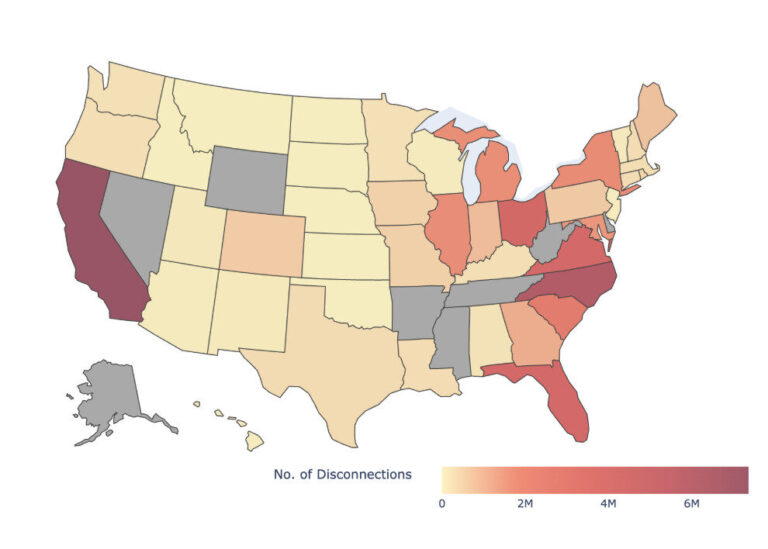Arizona’s Energy Efficiency Program Attacked
Last week, Arizona regulators filed a plan to eliminate the state’s energy efficiency program. The Arizona Corporation Commission (ACC) staff submitted the proposal on Tuesday and the five commissioners will vote on the plan.
The ACC adopted the energy efficiency program in 2010 with a 5-0 vote after years of meetings and workshops with stakeholders. After gathering input, the commission ruled that investor-owned utilities in the state must reduce the amount of power sold by 22% by 2020. Electric cooperatives in the state must reduce the amount of power sold by 16.5% by 2020.
The ACC found that energy efficiency programs would not only save money for customers, but it would also help create stable electricity prices, reduce pollution and water usage. This is extremely important in Arizona where water consumption and the on-going drought are a huge concern. The energy efficiency programs are expected to save ratepayers $9 billion through 2020.
Furthermore, population has been increasing in Arizona and the corresponding increase in power demand necessitates significant investments in distribution, transmission, and generation facilities – all of which leads to infrastructure and operational expenses for utility companies. These costs are passed onto the ratepayer, resulting in higher electric bills.
Four years into the program, Commissioner Gary Pierce believes the program is “not cost effective” although he could not cite examples that supported his belief. Pierce voted in favor of the program in 2010, but now he wants to replace the longer-term energy efficiency plan with a series of two-year goals for utilities.
Pierce attempted to reduce the state’s renewable energy standard last year when he submitted but then withdrew an American Legislative Exchange Council (ALEC) worded proposal. Pierce and three other commissioners have ties to ALEC.
Kris Mayes, a former commissioner from 2003-2010, told The Republic’s Ryan Randazzo that, “Nothing in the record suggests the standard is not working… This is a free pass for utilities to give up on energy efficiency.”
Ratepayers contribute to the energy efficiency program by spending an additional $2-$4 a month on electric bills, which results in millions of dollars saved by preventing power generation and all of its associated capital costs. However, the energy efficiency program is impacting the profits of utility companies such as Arizona Public Service and Tucson Electric Power, because reducing energy usage is the best way to avoid constructing new power plants and selling electricity (which is how utilities generate profit). The utility companies will submit their comments to the ACC regarding the proposed plan to gut the state’s energy efficiency standards.
This attack on energy efficiency in Arizona follows previous fights in Indiana and Ohio, and an on-going fight in Florida.
In March, Indiana Governor Mike Pence allowed the state’s energy efficiency program to be repealed. He was the first governor in the country to repeal an energy efficiency program.
Then in June, Ohio Governor John Kasich signed S.B. 310, which froze the state’s energy efficiency and renewable energy standards.
And in Florida, Duke Energy, Tampa Electric, and Florida Power & Light have submitted proposals to gut the state’s conservation goals arguing it is cheaper to generate electricity than to spend money to save it. The Florida Public Service Commission will decide the case, but the PSC has already given the go-ahead for Duke Energy to build a $1.5 billion natural gas plant – which Duke will charge Florida ratepayers to build.
All of these events are occurring during a time when states are commenting on the Environmental Protection Agency’s proposed Clean Power Plan, which relies significantly on implementing efficiency programs to reduce carbon dioxide emissions. Ironically, the proposed rule in the Federal Register highlights Arizona’s energy efficiency program as a successful one… at least for now.



